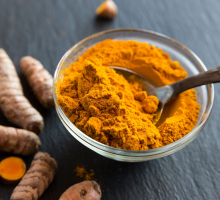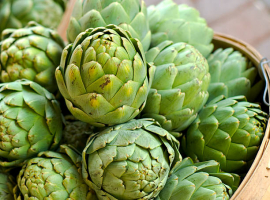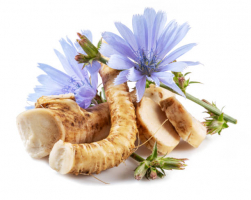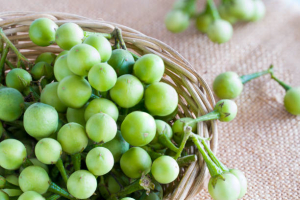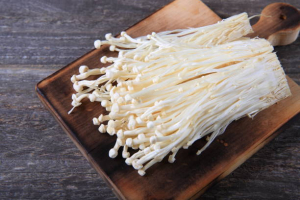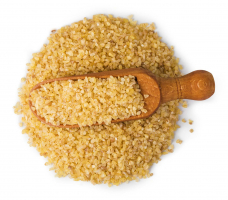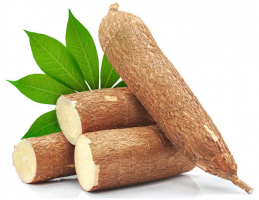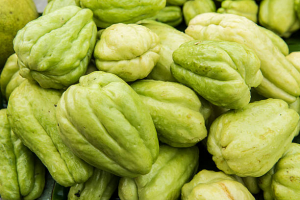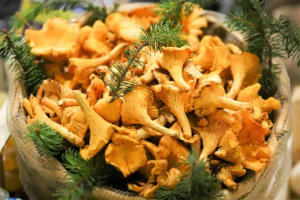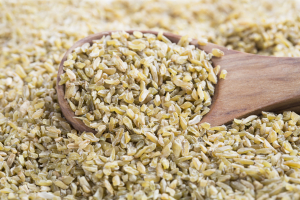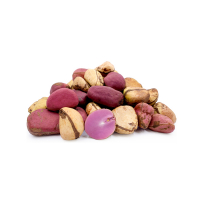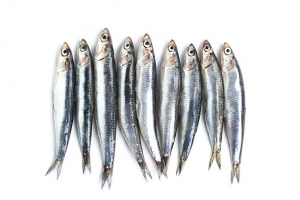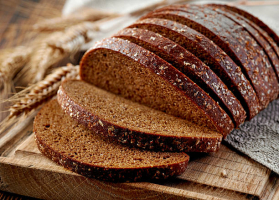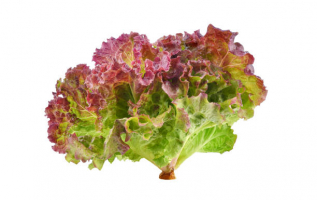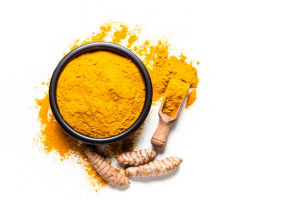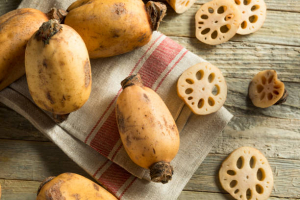Top 10 Health Benefits of Teff Flour and Teff Grain
Teff is a traditional grain and one of Ethiopia's main meals. It's packed with nutrients and is naturally gluten-free. It's also frequently ground into flour ... read more...for cooking and baking. As gluten-free alternatives to wheat gain popularity, you may be interested in learning more about teff flour, including its advantages and applications. This article discusses the health advantages of teff flour.
-
Teff is extremely nutritious. Teff flour has the following nutrients in 3.5 ounces (100 grams):
- Calories: 366
- Protein: 12.2 grams
- Fat: 3.7 grams
- Carbs: 70.7 grams
- Fiber: 12.2 grams
- Iron: 37% of the Daily Value (DV)
- Calcium: 11% of the DV
It's worth noting that the nutritional makeup of teff tends to vary greatly depending on variety, growing location, and brand. Nonetheless, teff is a rich provider of copper, magnesium, potassium, phosphorus, manganese, zinc, and selenium when compared to other cereals. It's also a good source of protein, as it contains all of the essential amino acids, which are the building blocks of protein in your body.
It has a lot of lysines, an amino acid that is commonly missing in cereals. Lysine is required for the synthesis of proteins, hormones, enzymes, collagen, and elastin, as well as calcium absorption, energy generation, and immunological function. Some nutrients in teff flour, however, may be poorly absorbed because they are associated with antinutrients such as phytic acid. Lacto-fermentation can be used to minimize the effects of these chemicals. Mix teff flour with water and let it at room temperature for a few days to ferment. Lactic acid bacteria and yeasts, either naturally occurring or introduced, then break down the sugars and some of the phytic acid.
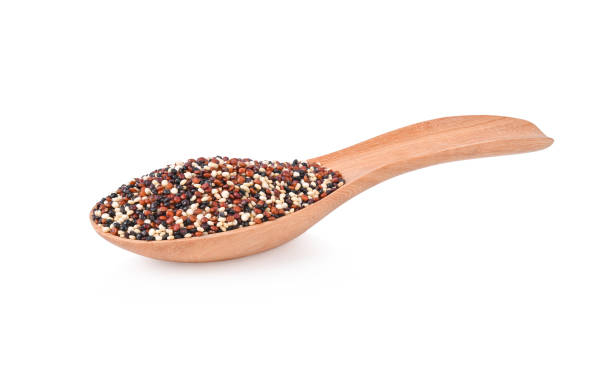
High in nutrients 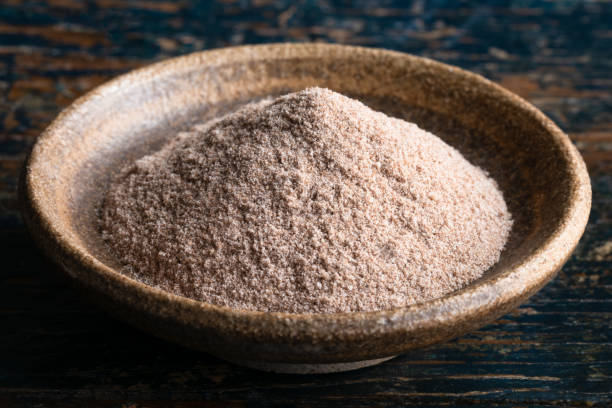
High in nutrients -
Gluten is a protein group found in wheat and other grains that provides dough its elasticity. Some people, however, are unable to consume gluten owing to celiac disease, an autoimmune disorder.
Celiac disease is characterized by your immune system attacking the lining of your small intestine. This can cause anemia, weight loss, diarrhea, constipation, tiredness, and bloating by impairing nutritional absorption. Furthermore, some people who do not have celiac disease may find gluten difficult to digest and would like to avoid it. Teff flour is a gluten-free alternative to wheat flour since it is naturally gluten-free.
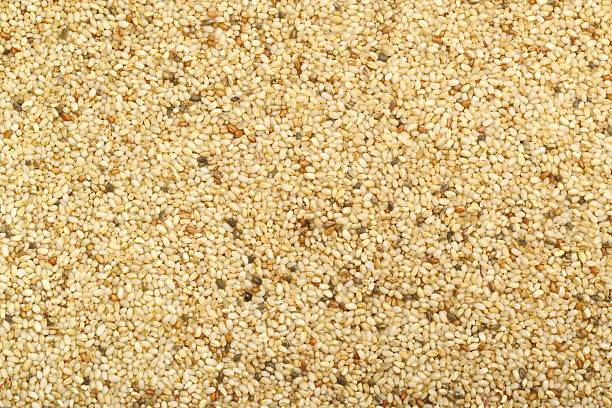
Naturally gluten-free 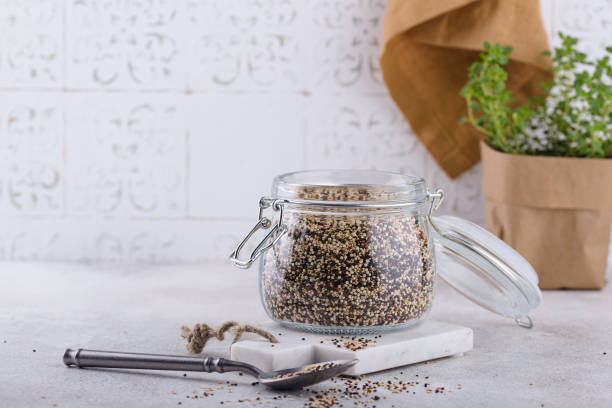
Naturally gluten-free -
Teff has more fiber than many other bowls of cereal. Teff flour has up to 12.2 grams of fiber per 3.5 ounces (100 grams). Wheat and rice flour have just 2.4 grams per serving, however oat flour has 6.5 grams. Women and men should consume 25 and 38 grams of fiber per day, respectively. This might contain both insoluble and soluble fibers. While some studies say that the majority of the fiber in teff flour is insoluble, others have discovered a more even combination.
Insoluble fiber mostly travels through your intestines undigested. It promotes bowel motions by increasing stool volume. Soluble fiber, on the other hand, attracts water into your stomach and softens feces. It also nourishes the good bacteria in your stomach and aids with carbohydrate and fat metabolism. A high-fiber diet is linked to a decreased risk of heart disease, diabetes, stroke, hypertension, bowel disease, and constipation.
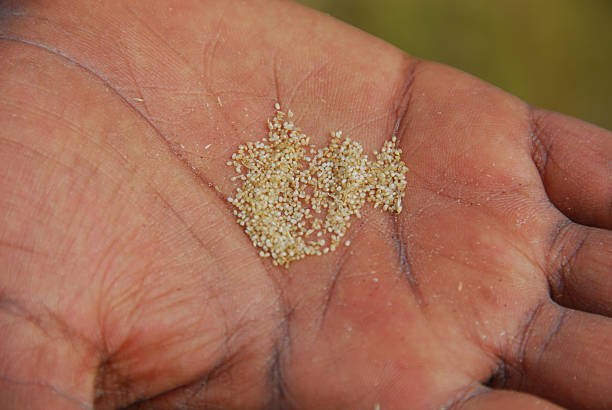
High in dietary fiber 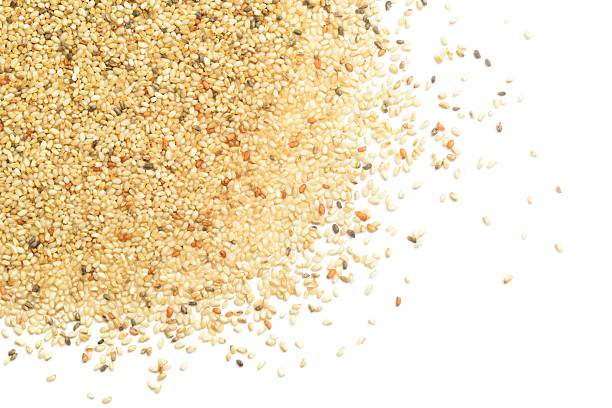
High in dietary fiber -
Teff is abundant in iron, a vital element that transports oxygen throughout the body via red blood cells. In fact, eating this grain has been related to a lower incidence of anemia in pregnant women and may help some people avoid iron deficiency. Surprisingly, some studies estimate iron levels as high as 80 mg per 3.5 ounces (100 grams) of teff, or 444% of the DV. However, current research indicates that these astounding figures are most likely the result of contamination with iron-rich soil rather than the grain itself. Furthermore, because of the high phytic acid concentration in teff, your body is unlikely to absorb all of the iron.
Even by cautious estimations, teff is a greater supplier of iron than many other bowls of cereal. For example, 3.5 ounces (100 grams) of one brand of teff flour has 37% of the daily value (DV) for iron, but the same amount of wheat flour contains only 5%. However, in the United States, wheat flour is frequently iron-enriched. Check the nutritional label to see how much iron is in a certain product.
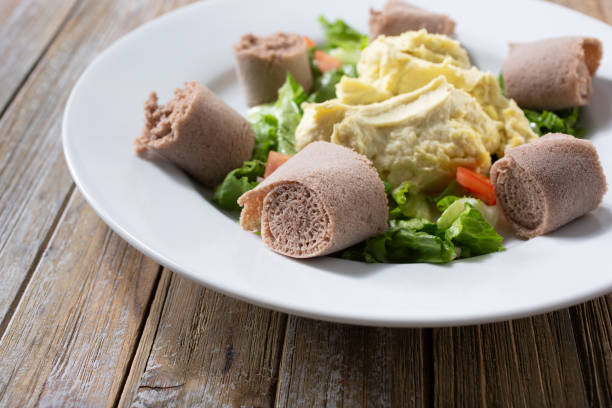
Rich in iron 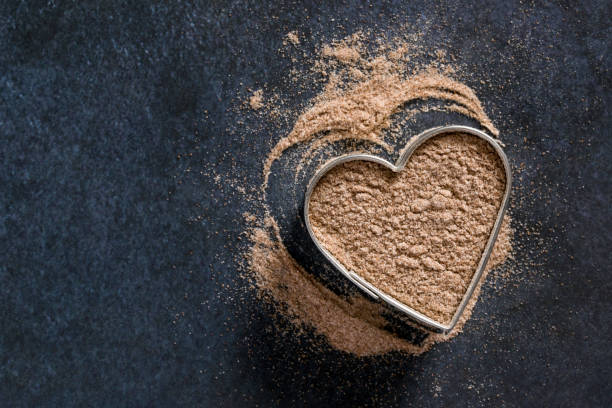
Rich in iron -
The glycemic index (GI) of food reveals how much it elevates blood sugar. Foods with a pH above 70 are considered high, which means they elevate blood sugar faster, while those with a pH below 55 are considered low. Anything in the middle is considered moderate. A low GI diet can help patients with diabetes regulate their blood sugar levels. Whole, cooked teff has a moderate GI of 57, which is lower than that of many bowls of cereal. This lower GI is most likely owing to the fact that it is consumed as whole grain. As a result, it has more fiber, which can help avoid blood sugar rises.
However, the GI varies depending on how it is cooked. Traditional injera, for example, has a GI of 79-99, while teff porridge has a GI of 94-137, making both high GI meals. This is because water gelatinizes the starch, making it easier to absorb and digest. Teff flour bread, on the other hand, has a GI of 74, which, although still high, is lower than wheat, quinoa, or buckwheat bread and similar to oat or sorghum bread. Although teff has a lower GI than other grain products, it nonetheless has a moderate to high GI. Anyone with diabetes should still watch their meal sizes and keep carbohydrate content in mind.
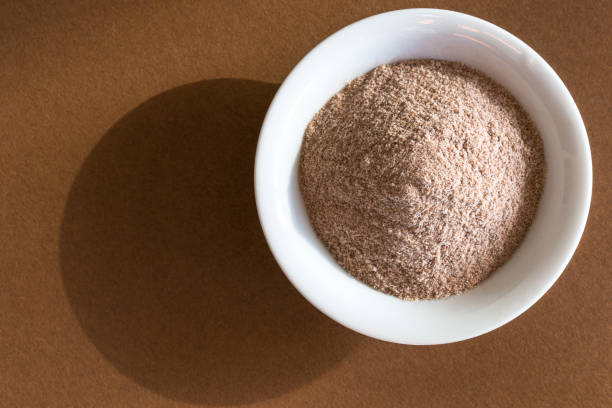
Lower glycemic index than wheat products 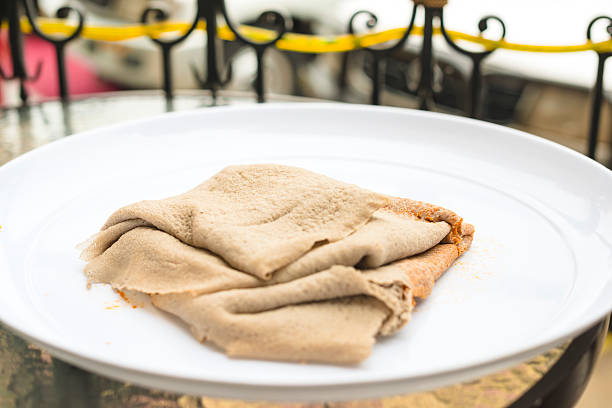
Lower glycemic index than wheat products -
Teff contains eight distinct amino acids, including a little uncommon one called lysine, and can provide significant assistance for growth and development. Protein is required by your body to produce new cells, repair existing ones, and develop in general throughout your lives. While animal proteins might be beneficial, human systems can more readily break down vegetable proteins into their constituent amino acids, which is why including teff in your diet is beneficial for everyone, not just vegetarians and health food enthusiasts.
As the number of people suffering from Celiac disease grows, it will become increasingly necessary to offer gluten-free solutions. Celiac illness (gluten intolerance) can be extremely unpleasant and hazardous for those who suffer from it, which is why gluten-free choices like teff grain, especially because it is so nutrient-dense, provide healthy, delicious gluten-free solutions.
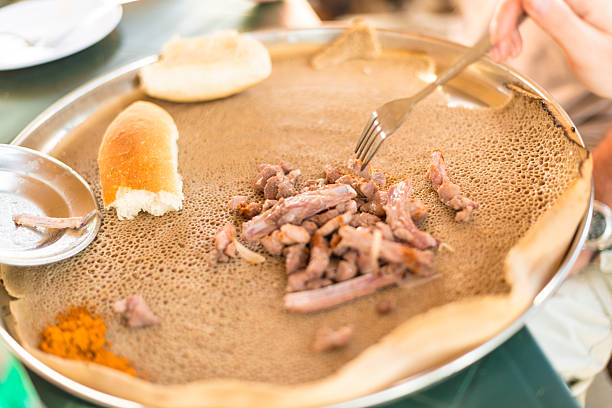
May promote growth 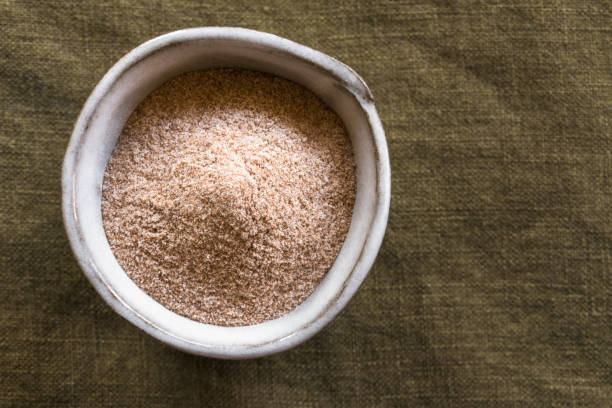
May promote growth -
Although most grains are high in minerals, they are not widely recognized for their high levels of vitamins, notably vitamin C. As you may be aware, vitamin C is an important component of your immune system since it boosts the generation and function of white blood cells. Vitamin C, on the other hand, is an essential component of collagen, which is required for the formation of new cells, blood vessels, organs, and muscle tissue. In addition to the very high protein level of teff grain, the vitamin C included in this beneficial dietary staple can have a big influence on your general health.
Teff includes a variety of minerals and nutrients, but it is especially high in calcium. Calcium is a mineral that is necessary for bone formation and development and contributes to solid bone mineral density as people age. If you are prone to osteoporosis (perhaps owing to your lifestyle) or have a calcium deficiency, adding teff to your diet can help safeguard your bone integrity as you age.
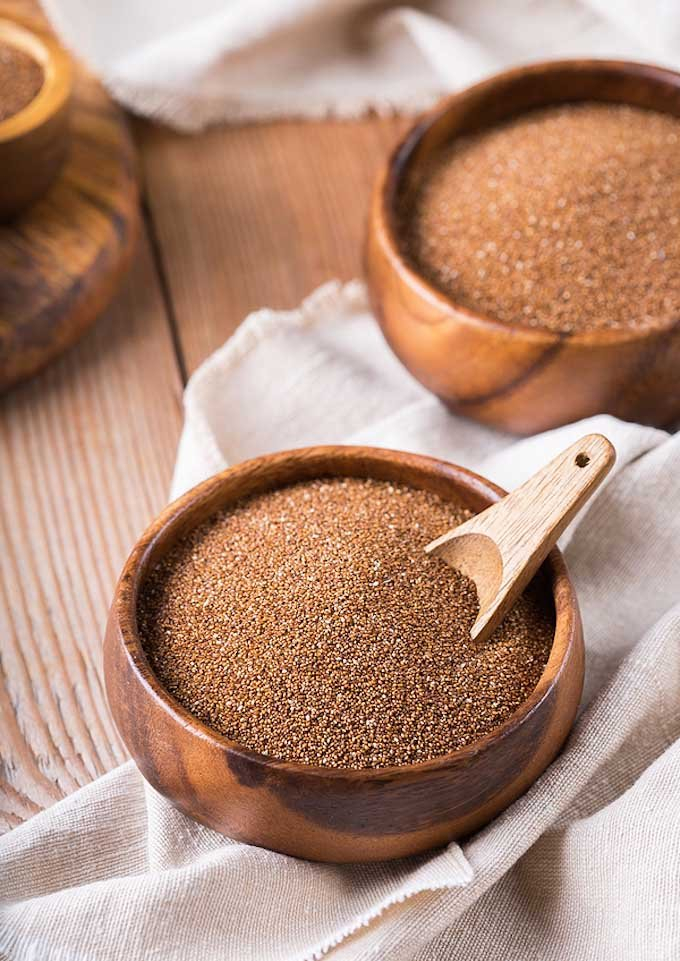
Keep your bones healthy and strengthen immune system 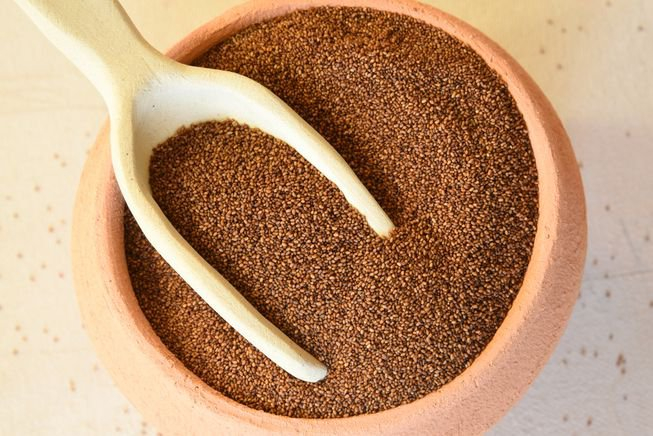
Keep your bones healthy and strengthen immune system -
When it comes to minerals, iron has the potential to have the largest mineral concentration. In fact, teff is frequently advised for anemic sufferers. Iron is a critical component of your red blood cells, and iron deficiency can cause fatigue, dizziness, cognitive impairment, muscular cramps, and migraines (these are symptoms of anemia). If you want to improve your circulation and promote oxygenation to vital organ systems and parts of your body, start eating teff grain or injera bread right away!
One of the many unnoticed benefits of teff grain is its capacity to assist persons with diabetes control their disease. Teff can help individuals avoid harmful spikes and drops in blood sugar levels by slowing the release of insulin into the system. This is due in part to the fiber composition of teff grain, but there are more sophisticated chemical mechanisms at action as well, though research is still in its early stages.
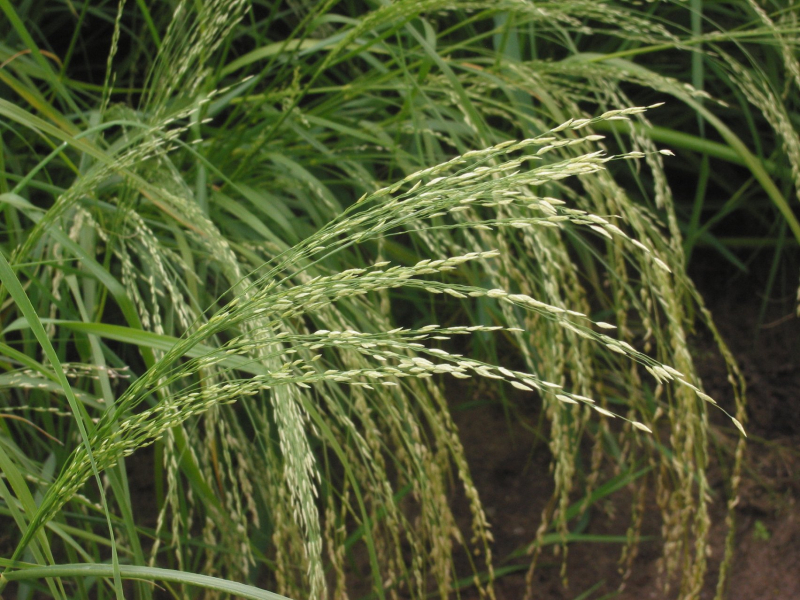
May help increase circulation and manage diabetes 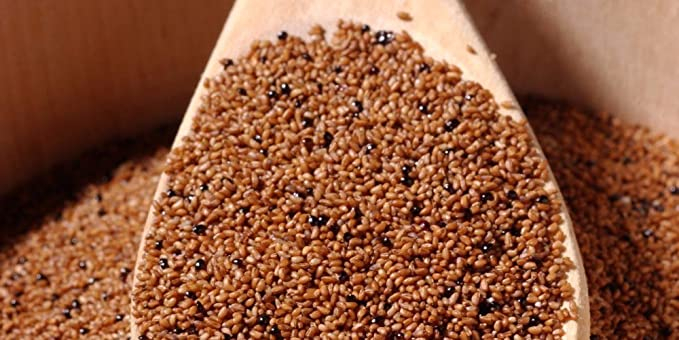
May help increase circulation and manage diabetes -
Teff grain has been used as a laxative or to speed up the digestive process for thousands of years. This is most likely due to the grain's high fiber content, which can bulk up the stool, promote peristaltic activity, and improve the regularity and quality of your bowel movements. In addition to alleviating constipation, bloating, cramping, and other significant gastrointestinal disorders, dietary fiber can normalize cholesterol levels in the body by removing excess omega-6 fatty acids.
For millennia, teff grain has been known as a possible anti-inflammatory and menstrually relaxing agent. If you suffer from heavy menstrual flow, severe cramps, or other physical manifestations of the monthly event, adding teff to your diet might help lessen the intensity and live in comfort.
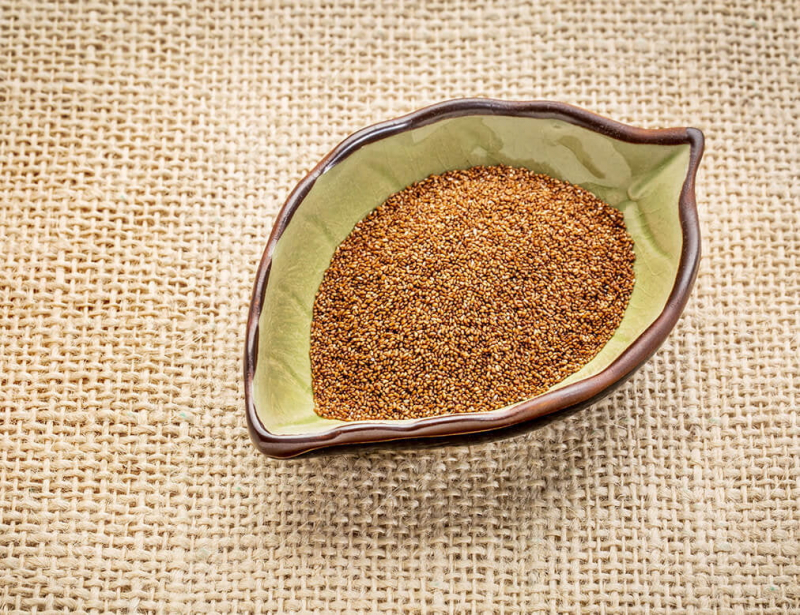
Might boost digestive health and relieve menstrual problems 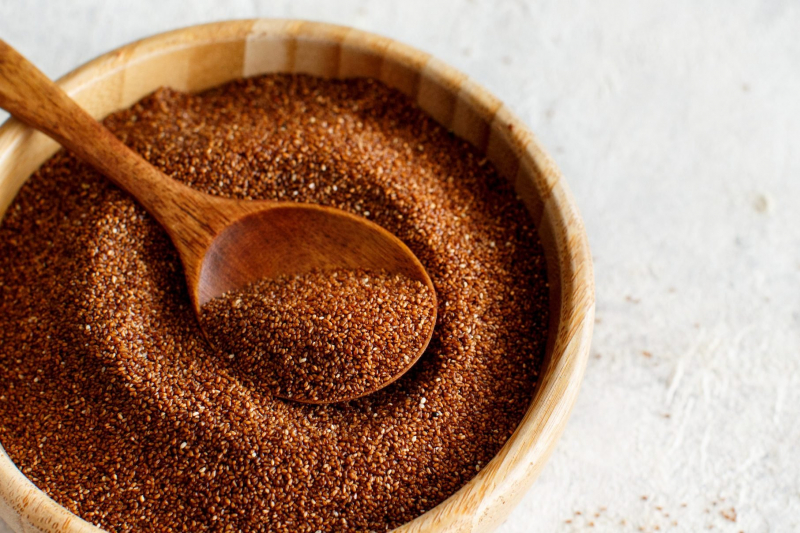
Might boost digestive health and relieve menstrual problems -
Last but not least, teff grain has been proven to be extremely good for cardiovascular health. The low salt level guarantees that the body does not clog the arteries excessively and the grain has been proven in scientific trials to efficiently control blood pressure. This can minimize your risk of having a heart attack or stroke, as well as the overall load on your cardiovascular system.
Copper is another mineral that may be present in high amounts in teff grain and plays key functions in the human body, including energy generation, development and repair, enzymatic processes, nervous system function, and red blood cell formation. Many of your body's processes will fail if you don't have adequate copper levels, thus combining teff with copper is never a bad idea.
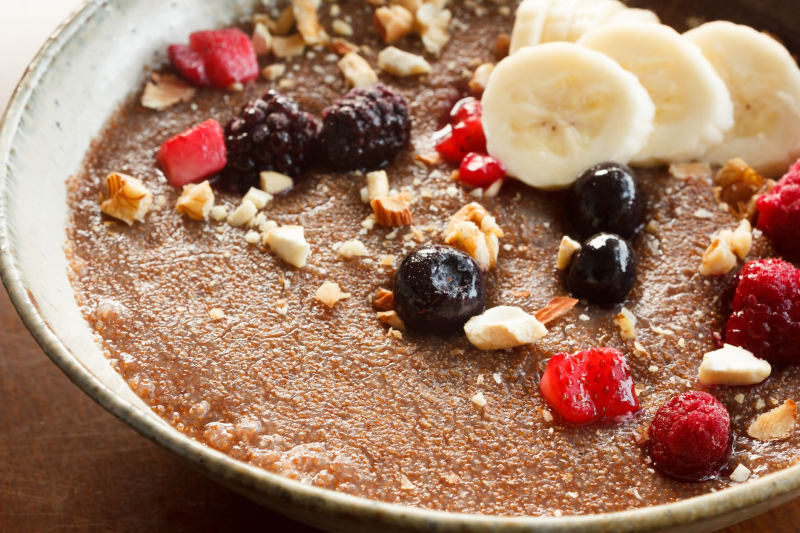
Support energy production and keep your heart healthy 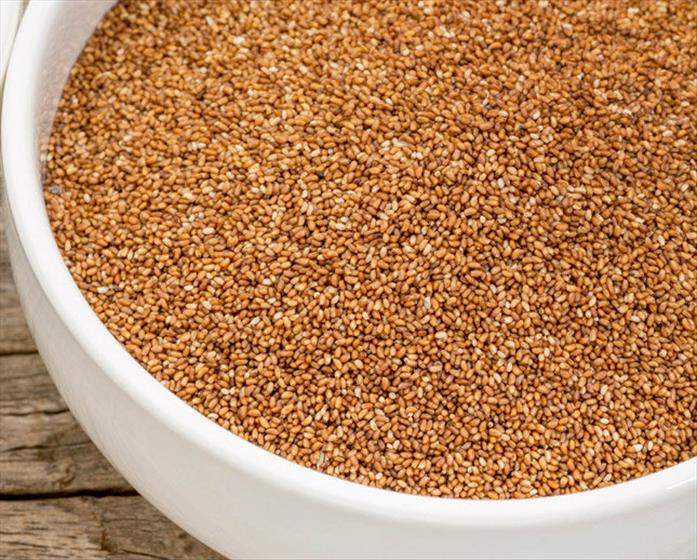
Support energy production and keep your heart healthy













